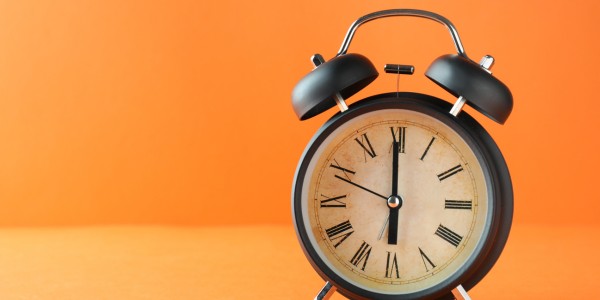
Let’s talk about time management and ADHD! This is one of the most common topics that my clients bring to coaching. They know something needs to change, but they feel overwhelmed by the very idea of time management.
They’ve already tried approaches that didn't work for them or that worked for a bit, but didn't stick. By the time they start coaching, they're doubtful that ANY time system will be doable for them.
What’s the first piece of advice they'll get from well-meaning friends and family? Get a planner. While that's not bad advice, it's incomplete advice. We all need some system of organizing our time as we navigate modern life and a planner can be an important part of a whole system.
This time system will need to have other parts, though. There's one component of our time system that many people with ADHD (and those who help them) miss; how do we support our unreliable sense or feeling of time?
Most people with ADHD lack time sense, we just don’t FEEL it like others do! Even those of us who consistently show up early probably aren't feeling time in a neurotypical way! We're often early because of the buffers and other strategies we've put in place in order to be punctual.
When we don't have the same internal experience of time passing as our neurotypical peers, it’s hard to judge how much time we need to get ready in the morning, drive to the office, or complete a research paper.
With ADHD, our sense of time isn’t so much a “knowing” as a “guessing” and that makes time management more complicated. Because of this, finding tools that help address our time-blindness can be an important part of the time system we choose!
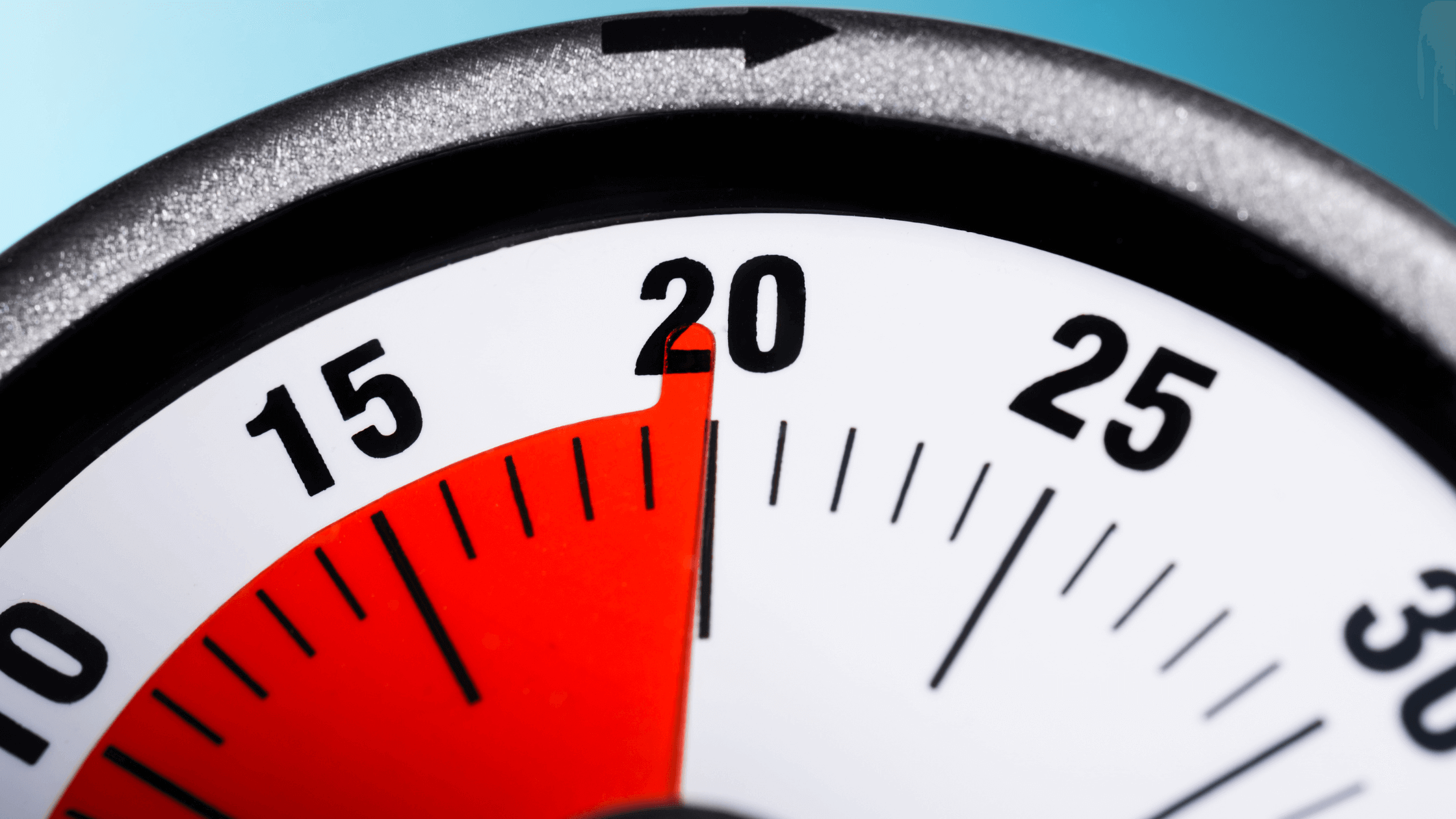
Use Your Senses: Vision and Touch
Children don't start out experiencing and judging time the same way adults do. It's a developmental skill and it strengthens over time. Teachers and parents use strategies to help with this. They represent time (and other number-based concepts) in physical ways in order to help them build this understanding.
In math class, teachers might use manipulatives like candies or cars so learners can both see and hold the numbers in their math problems. This extra sensory input can help bridge the gap between their internal sense of the concept of 5 Skittles and the reality of it.
Using tools that help connect our senses to time passing can give adults a better grasp on time, too. For example, using a visual timer, sand timer, or even sticky notes to represent blocks of time can create a connection between the nebulous idea of time and real time in our physical world.
Use Your Senses: Auditory
Traditional timers can quickly become background noise. When I set too many auditory only timers, I tend to ignore all of them! That may not be true for you, but if it is, it might be time try a different auditory tool.
One of my clients came up with a brilliant strategy; she made different length playlists with the songs she loved and then used them to keep track of her time. She had playlists for getting ready, cleaning the kitchen, and her night time routine.
She noticed that after a while, a certain song in her play list list would trigger a “feeling” of “5 minutes left” in a much more powerful way than traditional timers had in the past.

Benefits of Connecting Time to Your Senses
When you represent time physically in your environment, it helps with a few things:
1. Keeping Track of Time
If you can see, feel, or hear time (and not have to rely on yourself to feel it), it helps you judge the passage of time.
Glancing at a visual timer and seeing that one third of the original “piece” of time you started with remains will help you internalize both the time you’ve spent and the time you have remaining.
2. Transition with More Ease
Once our attention is fully focused on a task, it can be jarring to “come to” and realize that we now have to switch to something else... quickly.
When you don’t “feel” time, your days are full of these not-so-pleasant surprises. Representing time in your physical world can help. You'll actually see these coming and be able to prepare for them, which makes transitions much smoother!
3. Getting Started
When you don't feel time, you're likely to assume "dreaded tasks" take much longer than they do! The result? Frequent overwhelm and difficulty with initiating tasks. If you think an undesirable job is going to take hours, it can be next to impossible to get started.
Using a visual timer (or a song playlist like my client) can help you “contain” time when you’re overwhelmed by how long you think things will take. You can set a limit on the time you’ll spend, set your visual timer, and only work for that amount of time. Limiting the time you’ll spend and actually seeing that limit makes task initiation possible!
Understanding the unique way your brain processes time can help you bridge the gap between your personal sense of time and the time-drive world we live in.
This approach makes tracking time easier, helps smooth out transitions, and can help you beat procrastination and overwhelm!
Finding an ADHD-friendly time management system that works for you can be tricky, so if you need more support, ADHD/ Executive Functioning coaching can help! Have questions or just want to chat about how we can help?Don’t hesitate to reach out!
Need more support ?
I can help.
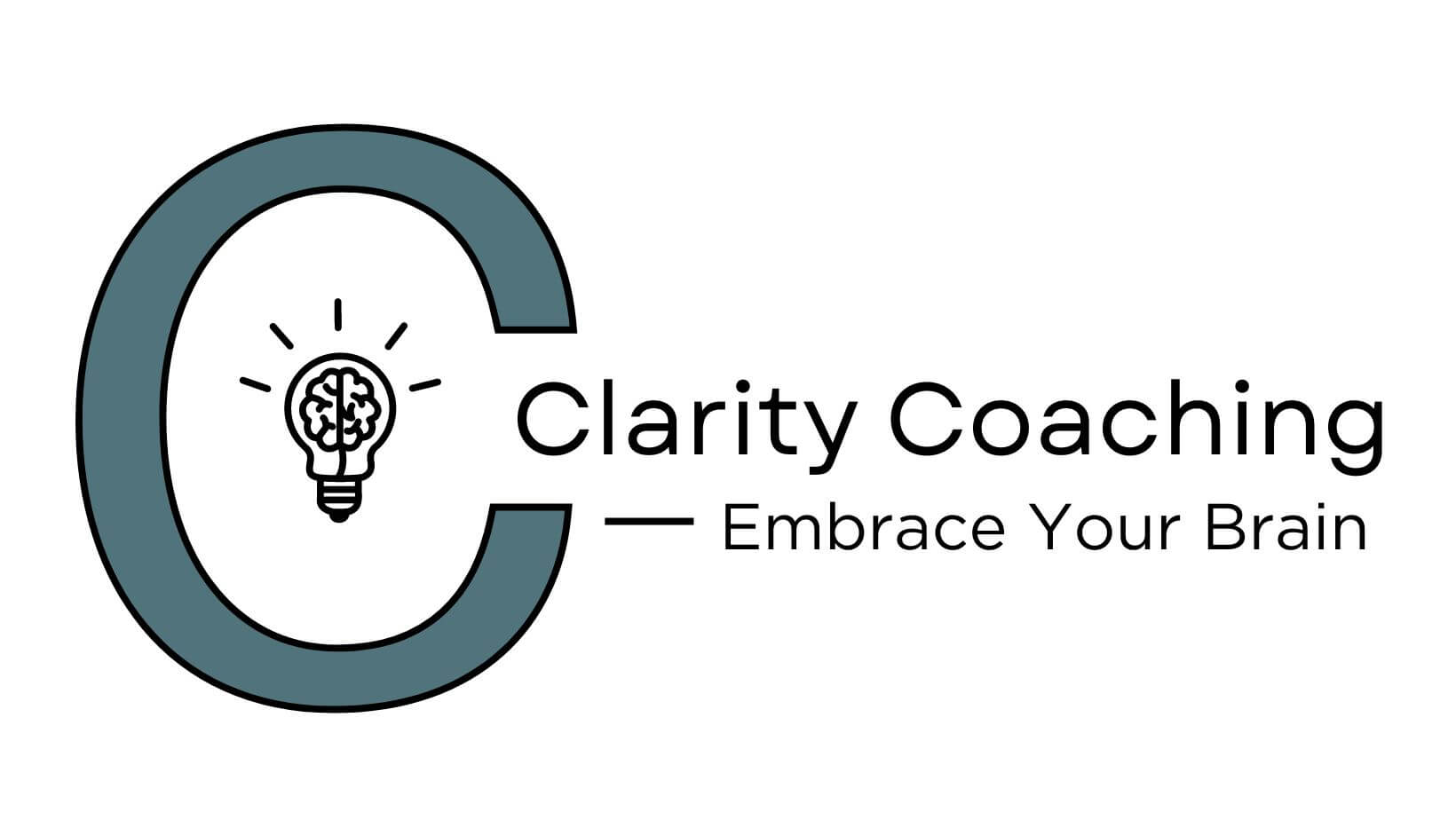


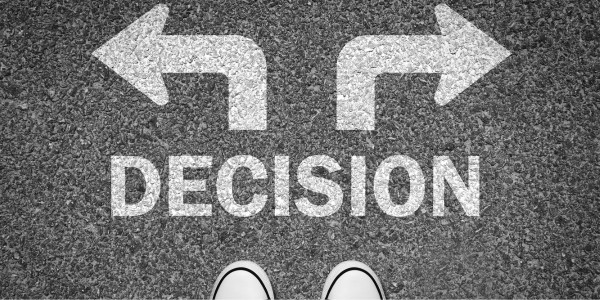
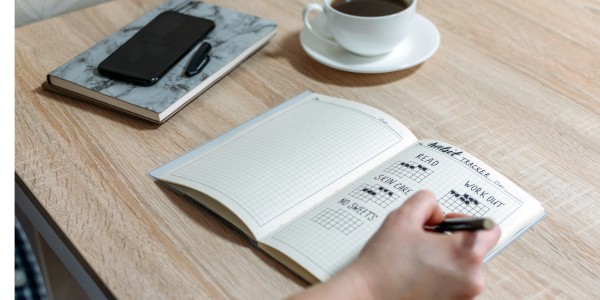
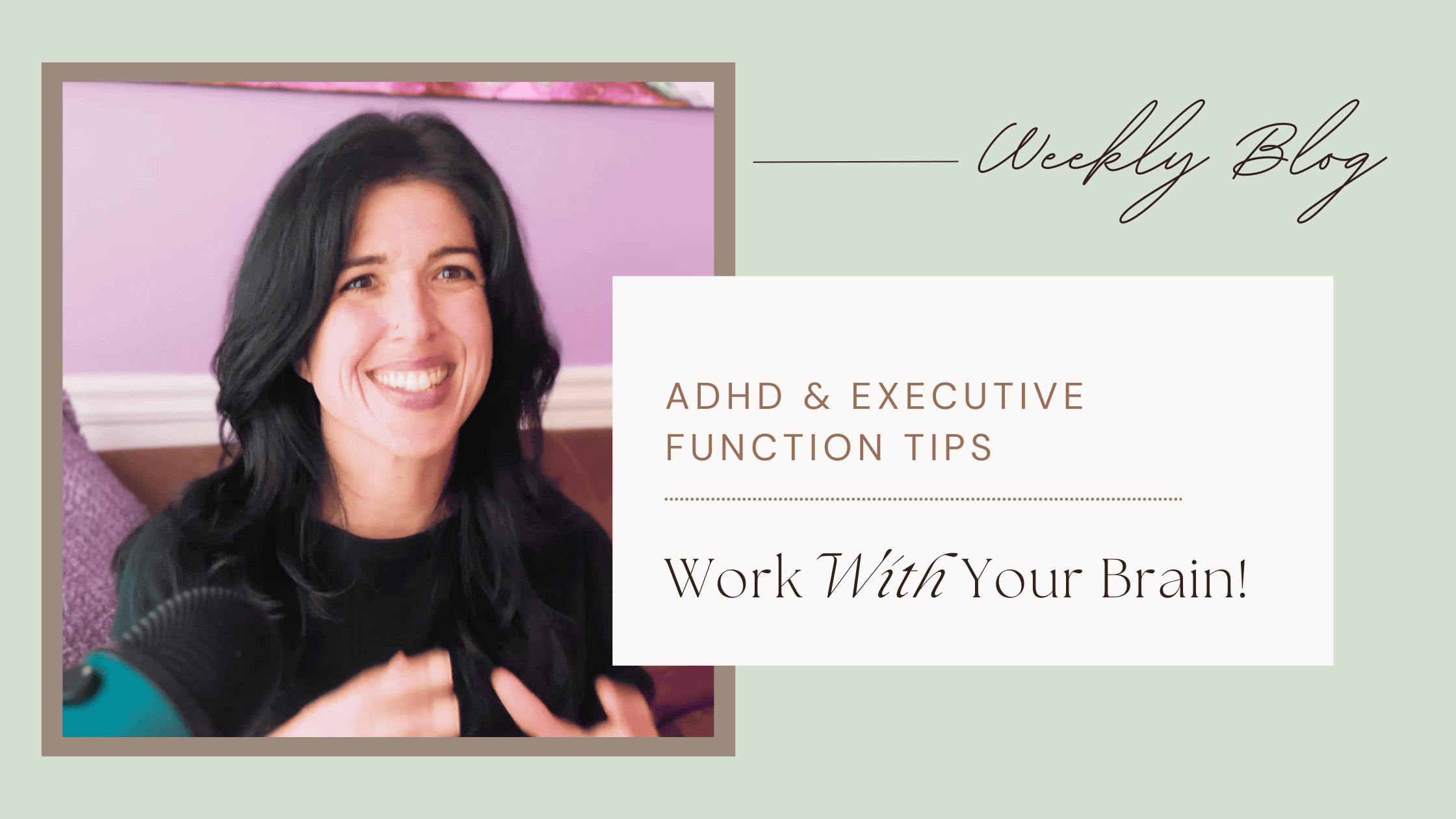


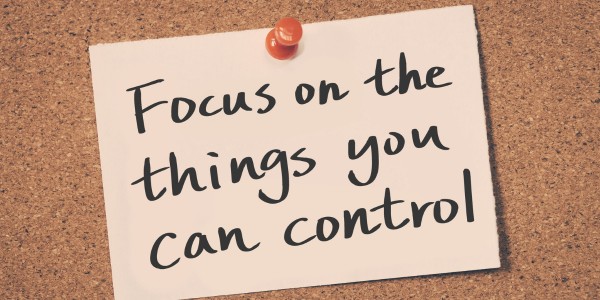






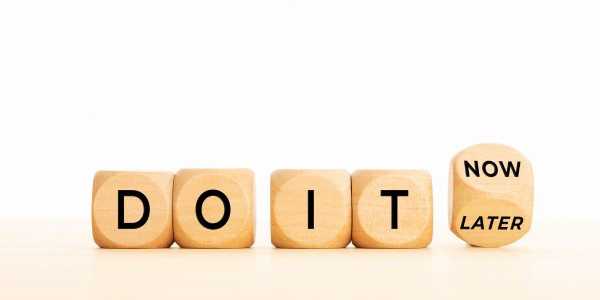


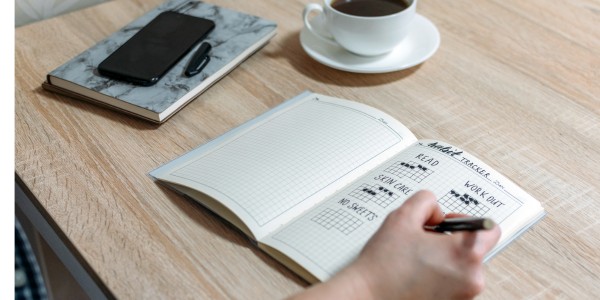

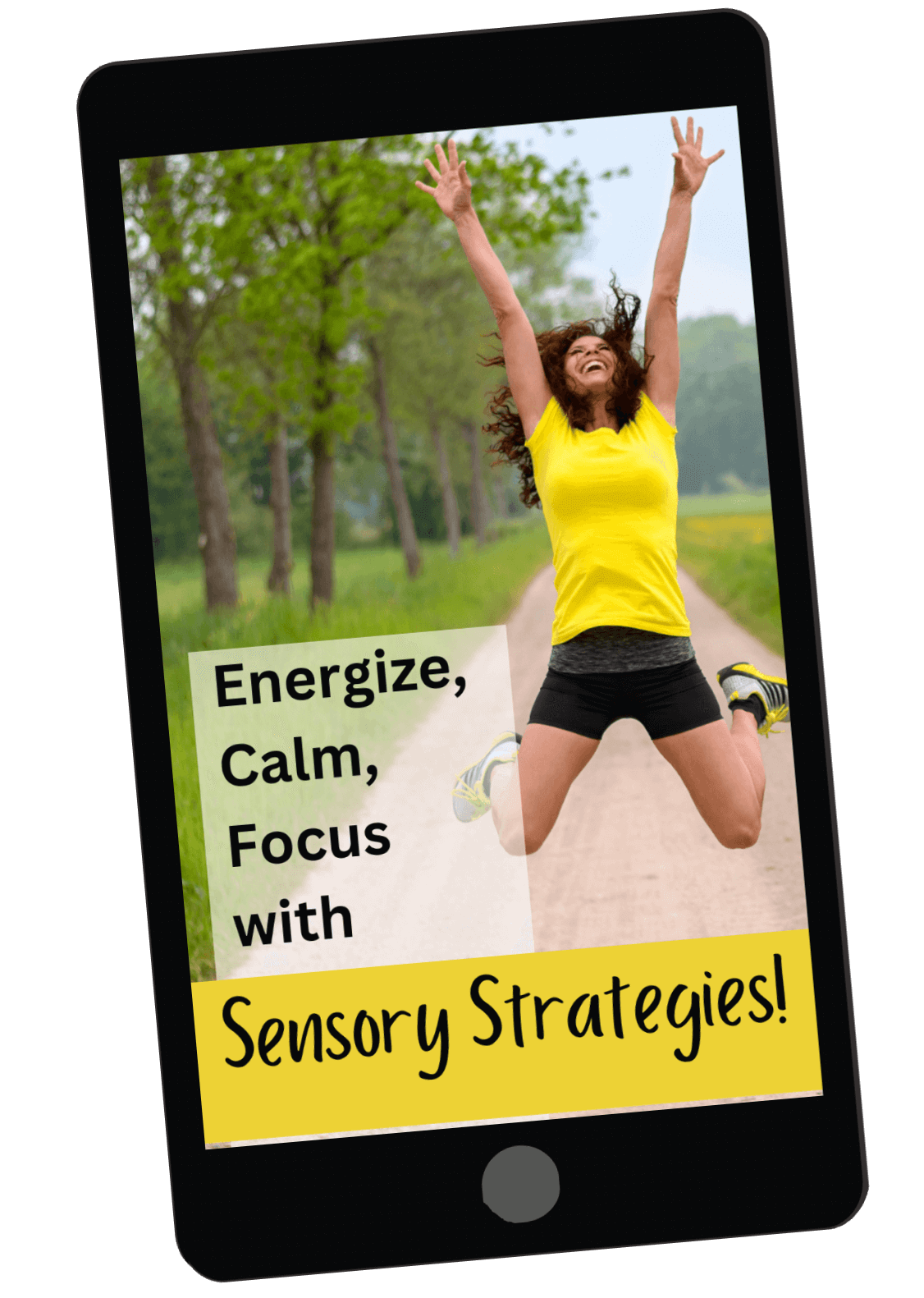
0 Comments